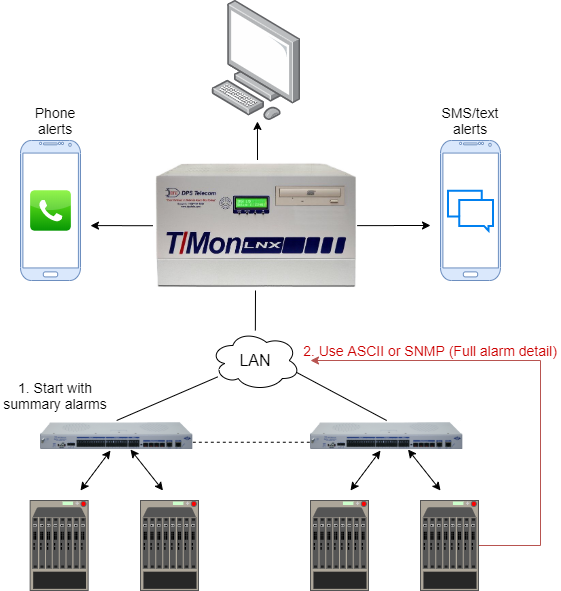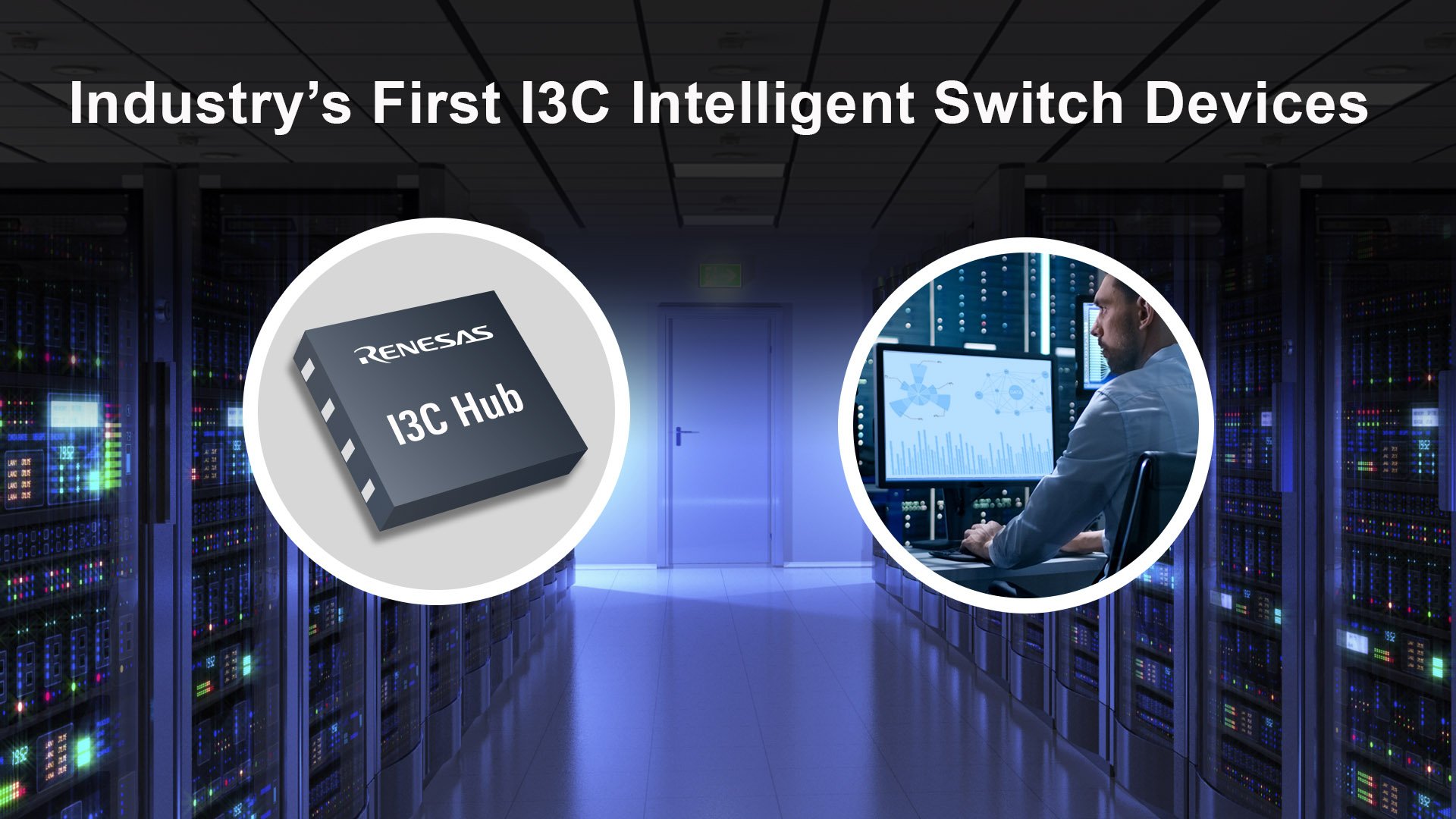IoT & Cloud: Powering Future With Google Cloud [Insights]
Are we on the cusp of a world where every aspect of our lives is meticulously tracked and managed by digital systems? The Internet of Things (IoT) is rapidly transforming from a futuristic concept into a tangible reality, poised to redefine personal computing and reshape industries across the globe.
This technological tsunami is not just about connecting devices; it's about creating a vast network of interconnected systems that can monitor, analyze, and react to data in real-time. The implications are profound, offering unprecedented opportunities for efficiency, innovation, and improved quality of life across diverse sectors.
| Category | Information |
|---|---|
| Concept | Internet of Things (IoT) |
| Definition | Network of interconnected devices enabling data exchange and automated actions. |
| Key Benefit | Improved efficiency, data-driven decision making, automation, and enhanced user experience. |
| Impacted Industries | Healthcare, Manufacturing, Agriculture, Smart Cities, Logistics, Retail, Energy Management. |
| Security Concerns | Data breaches, privacy violations, vulnerabilities in connected devices, potential for malicious control. |
| Examples of Applications | Smart Homes, Predictive Maintenance, Precision Agriculture, Autonomous Vehicles, Wearable Technology. |
| Cloud Platforms | Amazon Web Services (AWS) IoT, Microsoft Azure IoT Hub, Google Cloud IoT Core (deprecated, consider alternatives), IBM Watson IoT Platform. |
| Scalability Importance | Ability to handle a growing number of connected devices and increasing data volumes without performance degradation. |
| Reference Website | IoT Now |
The potential benefits of IoT are vast and far-reaching. In healthcare, IoT devices can monitor patients remotely, providing real-time data to doctors and enabling proactive interventions. This can lead to earlier diagnoses, more effective treatments, and reduced hospital readmissions. Imagine wearable sensors that track vital signs, alerting medical professionals to potential health crises before they even manifest as symptoms. This proactive approach to healthcare has the power to save lives and dramatically improve the quality of life for millions.
- Frank Sinatra Ol Blue Eyes Legacy Rare Blue Eyes Facts
- Shanin Blake Sexy Musician Reddit Drama Music Talk
Manufacturing stands to gain significantly from the adoption of IoT technologies. By connecting machines and sensors throughout the production line, manufacturers can gather real-time data on equipment performance, identify potential bottlenecks, and optimize processes for maximum efficiency. Predictive maintenance, powered by IoT, allows technicians to anticipate equipment failures before they occur, minimizing downtime and reducing costly repairs. This proactive approach to maintenance can significantly improve productivity and reduce operational costs.
Agriculture is another industry ripe for transformation through IoT. Smart sensors deployed in fields can monitor soil conditions, weather patterns, and crop health, providing farmers with valuable insights to optimize irrigation, fertilization, and pest control. This data-driven approach to agriculture can lead to increased yields, reduced waste, and more sustainable farming practices. Imagine drones equipped with sensors that can analyze crop health from above, identifying areas that need attention and allowing farmers to target their resources more effectively. This precision agriculture approach has the potential to revolutionize the way we grow food.
Smart cities are emerging as a prime example of the transformative power of IoT. By connecting infrastructure, transportation systems, and public services, cities can become more efficient, sustainable, and livable. Smart streetlights that adjust their brightness based on ambient light levels, traffic sensors that optimize traffic flow in real-time, and waste management systems that monitor fill levels and optimize collection routes are just a few examples of how IoT can improve urban life. These connected systems can generate vast amounts of data that can be used to make cities more responsive to the needs of their citizens.
- Lionel Richie From Commodores To Solo Legend 2024 Update
- What Is Viralkand A New Social Media Platform Safety Info
Consider the technician who, armed with IoT data, is alerted to an impending machine failure on a manufacturing line. Instead of relying on scheduled maintenance or waiting for a breakdown to occur, they can proactively address the issue, preventing costly downtime and ensuring continuous production. Similarly, IoT sensors can monitor factory emissions, providing real-time data on air quality and alerting authorities to potential environmental hazards. This allows for immediate corrective action, minimizing the impact on the environment and protecting public health.
The convenience and peace of mind offered by IoT-powered smart home platforms are undeniable. Imagine controlling your lights, thermostat, and security system from your smartphone, no matter where you are in the world. Remote IoT solutions allow users to create personalized home environments that are tailored to their individual needs and preferences. Whether it's adjusting the temperature before you arrive home, turning on the lights to deter burglars, or monitoring your home security system while you're on vacation, IoT offers a level of control and convenience that was previously unimaginable.
However, the widespread adoption of IoT also raises significant security concerns. As more and more devices become connected to the internet, the potential for cyberattacks and data breaches increases. Remote firmware updates, while offering numerous advantages, can also create vulnerabilities that hackers can exploit. It's crucial that manufacturers and users take steps to protect IoT devices from security threats, such as using strong passwords, keeping software up to date, and implementing robust security protocols.
Many IoT solutions rely on cloud platforms provided by device manufacturers. These platforms act as a central hub for managing and controlling connected devices. Users can typically interact with their devices through a web portal or mobile app, allowing them to monitor device status, adjust settings, and receive alerts. This centralized approach offers convenience and ease of use, but it also raises concerns about data privacy and security.
Google Cloud IoT is a prominent example of a remote IoT device platform. It combines device connectivity with Google's advanced analytics and artificial intelligence capabilities. This powerful combination allows businesses to not only connect and manage their IoT devices but also to analyze the data they generate to gain valuable insights and make data-driven decisions. The platform's scalability is a key strength, enabling businesses to connect millions of devices and process massive amounts of data without sacrificing performance.
The sheer volume of data generated by IoT devices presents both an opportunity and a challenge. On the one hand, this data can be used to gain valuable insights into customer behavior, optimize processes, and develop new products and services. On the other hand, managing and analyzing this data can be complex and resource-intensive. Businesses need to invest in the right tools and technologies to effectively process and analyze IoT data.
Interoperability is another key challenge facing the IoT industry. With so many different devices and platforms available, it can be difficult to ensure that they all work together seamlessly. This lack of interoperability can hinder the adoption of IoT and limit its potential benefits. Standards organizations are working to develop common protocols and standards that will promote interoperability and make it easier for devices to communicate with each other.
The future of IoT is bright, with continued advancements in technology and increasing adoption across various industries. As the cost of sensors and connectivity decreases, more and more devices will become connected to the internet. This will lead to even greater efficiency, innovation, and improved quality of life. However, it's crucial that we address the security and privacy challenges associated with IoT to ensure that this technology is used responsibly and ethically.
One emerging trend in IoT is the use of edge computing. Edge computing involves processing data closer to the source, rather than sending it all to the cloud. This can reduce latency, improve security, and enable real-time decision-making. For example, in autonomous vehicles, edge computing can be used to process sensor data and make decisions in real-time, without relying on a cloud connection. This is critical for safety and performance.
Another important trend is the increasing use of artificial intelligence (AI) in IoT applications. AI can be used to analyze IoT data, identify patterns, and make predictions. This can enable a wide range of applications, such as predictive maintenance, fraud detection, and personalized recommendations. For example, AI can be used to analyze data from smart home devices to learn a user's preferences and automatically adjust the temperature and lighting accordingly.
The development of new and innovative IoT applications is limited only by our imagination. From smart clothing that monitors our health to smart cities that optimize traffic flow, the possibilities are endless. As IoT technology continues to evolve, we can expect to see even more transformative applications emerge in the years to come. The key is to focus on solving real-world problems and creating solutions that are both useful and secure.
The ethical implications of IoT are also important to consider. As more and more data is collected about our lives, it's crucial to ensure that this data is used responsibly and ethically. We need to develop clear guidelines and regulations to protect privacy and prevent misuse of data. For example, we need to ensure that data collected from smart home devices is not used to discriminate against individuals or to target them with unwanted advertising.
Education and training are also essential for the successful adoption of IoT. We need to train a workforce that has the skills and knowledge to design, deploy, and maintain IoT systems. This includes engineers, technicians, and data scientists. Universities and colleges need to update their curricula to include IoT-related topics. We also need to provide training opportunities for existing workers to help them adapt to the changing job market.
The Internet of Things is not just a technological revolution; it's a societal transformation. It has the potential to reshape the way we live, work, and interact with the world around us. By embracing the opportunities and addressing the challenges, we can harness the power of IoT to create a better future for all.
Ultimately, the success of IoT will depend on collaboration between industry, government, and academia. We need to work together to develop standards, regulations, and educational programs that will promote the responsible and ethical use of IoT technology. By doing so, we can unlock the full potential of IoT and create a future where technology serves humanity.
The journey into the world of interconnected devices is just beginning. As we continue to explore the possibilities of IoT, we must remain mindful of the ethical considerations and prioritize the security and privacy of individuals. Only then can we truly realize the transformative power of this technology and create a future where everything is connected, intelligent, and secure.

RemoteIoT Update The Ultimate Guide To Transforming IoT With Remote

Comprehensive Guide To RemoteIoT Monitoring Devices Examples

Exploring The Best RemoteIoT Device Platform Examples For IoT Solutions